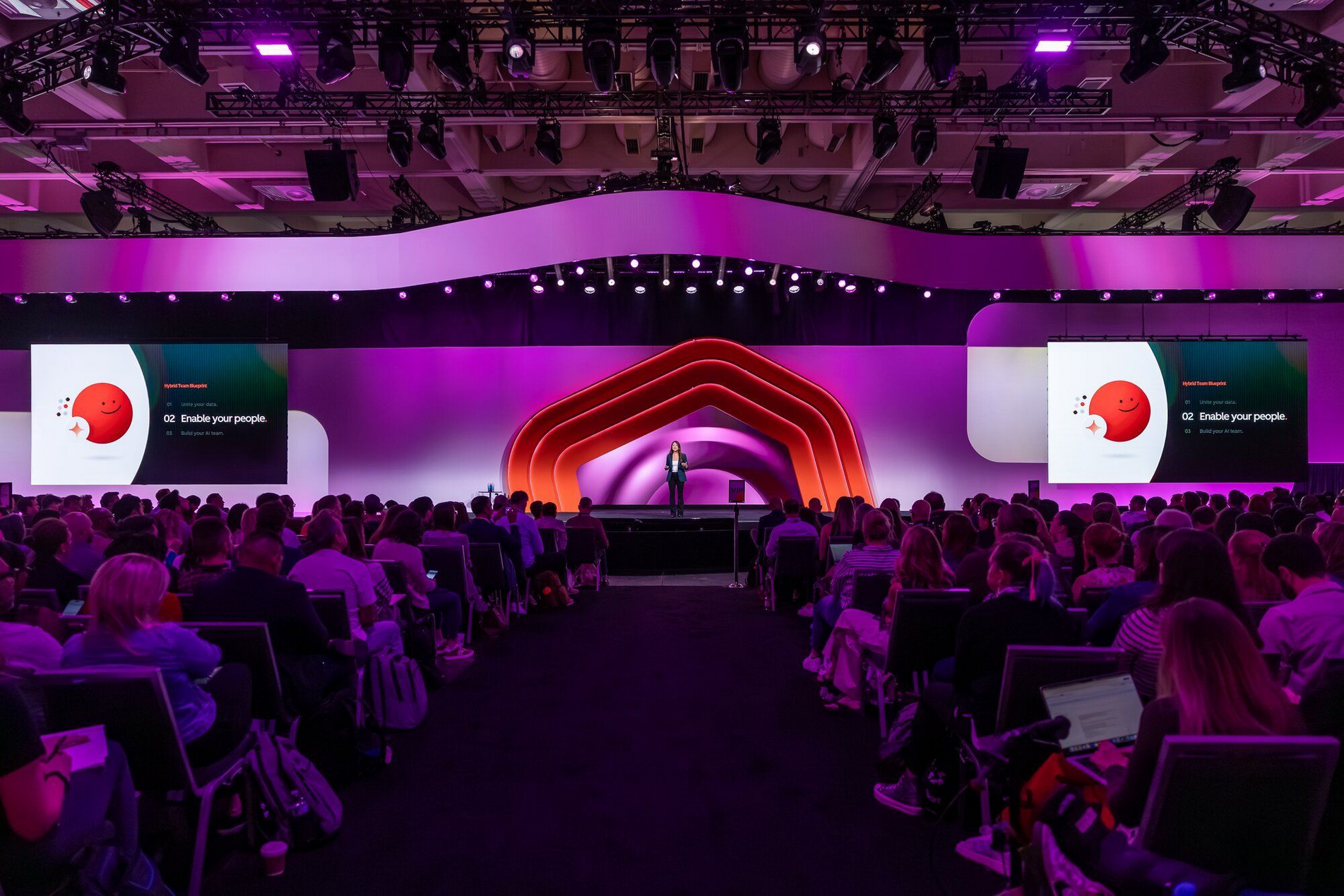Every year, HubSpot’s Inbound event sets the pace for where marketing and sales are heading. This year’s theme, ‘Unified’, captures something deeper than product launches. It’s a signal that businesses can no longer treat data, teams, and technology as separate silos.
The updates unveiled this September might look like incremental tweaks, but they point to a new reality: growth will increasingly depend on how well you can unify your data and deploy AI in context.
From Features to Strategy: The Bigger Picture
Most organisations still make decisions with a fraction of the customer data they actually hold. Conversations, engagement with content and offline interactions, they’re full of insight, but too often they sit unstructured and unused.
HubSpot’s Fall 2025 releases are designed to change that. AI is now embedded at every layer of the platform, from CRM, marketing, sales and data operations. But the real value isn’t in the tools themselves. It’s in how strategically you configure them around your own business model and customer journey. With recent integrations with Claude and ChatGPT also being launched, it’s AI insight at your fingertips.
AI That Works in Context
With Breeze Assistant, Studio and Marketplace, HubSpot is signalling a shift from “generic AI helpers” to business-aware AI agents. These aren’t one-size-fits-all chatbots, they’re assistants you can train with your knowledge base, your processes, your sales logic.
That matters, because AI without context just creates noise. AI embedded in your CRM and aligned with your workflows creates competitive advantage. It’s a deeply personal approach that tailors the need to the business. We’re already seeing the benefits of this for our clients, with faster, easier access to the information you need.
Data Strategy Comes First
The rebrand of Operations Hub to Data Hub is telling. AI is only as effective as the data foundation beneath it. Tools like Data Studio and the new quality dashboards will make it easier to unify scattered datasets, but the strategic question is: what relationships do you want AI to surface?
Businesses that think beyond “cleaning lists” and instead design their data around buying journeys, customer pain points, and sales triggers will get outsized value from these capabilities.
Smarter CRM, Smarter Conversations
HubSpot’s Smart CRM is moving towards self-generation including contacts, deals and insights built automatically from calls, emails, and interactions. For leaders, this isn’t about saving admin time (though it does). It’s about creating richer intelligence loops: every conversation feeding the system, every system insight shaping the next conversation.
That’s a shift from CRM as a record-keeping tool to CRM as a living intelligence layer across the business.
Marketing and Sales as One System
Marketing Hub’s move away from static lists into dynamic, AI-powered segments is another clue to where things are going: personalisation at scale, but powered by unified audience intelligence.
Likewise, Sales Hub’s prospecting agents and meeting notetakers aren’t just productivity tricks. They’re part of the same loop: spotting intent signals, capturing context, and feeding it back into CRM and marketing.
This is what “Unified” really means: not marketing, sales, and service each with their own systems, but a single intelligence layer fuelling the entire customer journey.
Why This Matters for Business Leaders
For many teams, the temptation will be to view these as “nice new features.” But the businesses that win with these updates will be the ones who treat them as a chance to rethink their operating model.
- How do you structure your data so AI sees what matters most?
- How do you configure agents and assistants to reflect your brand voice, buying cycle, and customer challenges?
- How do you connect marketing, sales, and service around a unified view of the customer?
The technology is now powerful enough to do this, but only if you approach it with strategy first.
Our Take
At Propeller, we see this as the start of a new era of inbound. Not “inbound marketing” as a channel, but inbound intelligence as a business discipline: every interaction feeding insights back into your system, every team working from the same unified context, every customer experience shaped by AI.
HubSpot’s new Loop marketing playbook captures this shift perfectly. Growth is no longer a one-way funnel but a dynamic loop - where every campaign, conversation, and customer touchpoint generates insights that fuel the next cycle.
For business leaders, the opportunity is clear: unify your data, align your teams, and configure AI to make the loop tighter, faster, and more personal. The challenge - and where agencies like ours can help - is turning this vision into measurable growth.
Want to dive deeper into these updates and what they mean for agencies? Join us at our upcoming event: Fuelling Agency Growth: Through AI, Marketing & Human Connection
